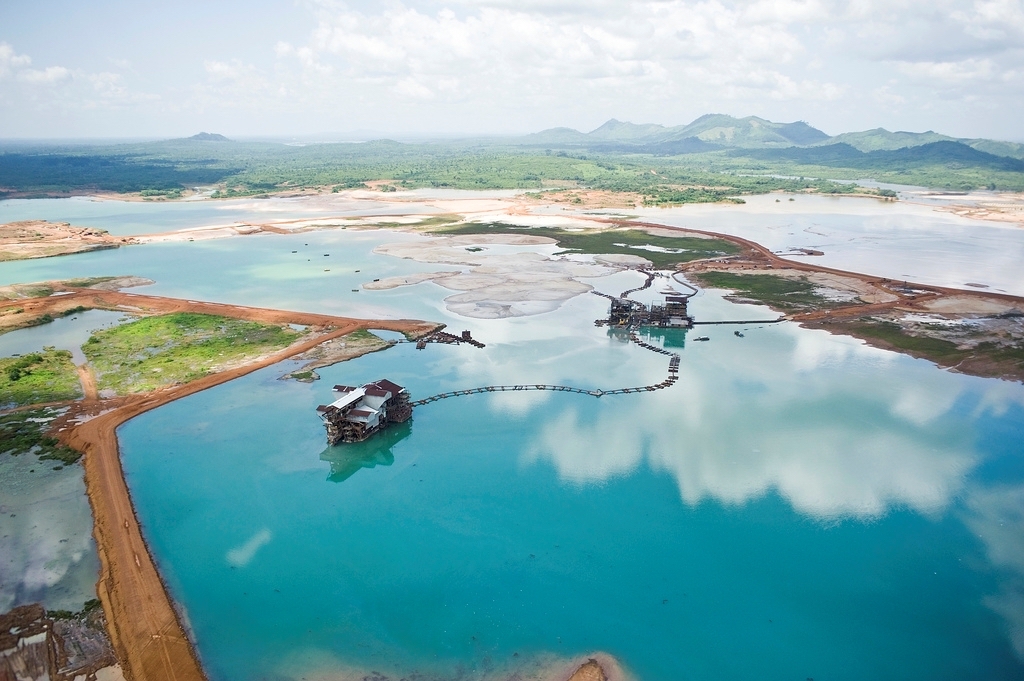Risk Monitoring
Integrating environment into risk monitoring for disaster preparedness

Integrating environment into risk monitoring for disaster preparedness
Finding substantial reserves of oil and natural gas offers significant opportunities for the social, economic and political development of any country. However, oil & gas exploitation can also pose significant risks, from major accidents as well as from routine operations that cause serious environmental damage. Without adequate safeguards…
The Awareness and Preparedness for Emergencies at Local Level (APELL) Programme aims to reduce industrial risks at local level, raise awareness and build local capacity to respond to emergencies.
The Inter-Agency Standing Committee (IASC) Emergency Response Preparedness (ERP) approach enables the humanitarian community to proactively prepare for crises requiring a coordinated international response. The ERP approach supports the identification and prioritization of preparedness actions to ensure an effective humanitarian response in the first few weeks of an emergency.
The INEE Minimum Standards Handbook is the only global tool that articulates the minimum level of educational quality and access in emergencies through to recovery. The environment is addressed throughout the publication.
A collaborative study on the true cost of using traditional fuels in a humanitarian setting, using a case study of the Nyarugusu refugee camp in Tanzania.
A case study providing analysis and assessment of the extent to which environmental concerns have been mainstreamed in humanitarian action in Afghanistan.
A case study providing analysis and assessment of the extent to which environmental concerns have been mainstreamed in humanitarian action in Nepal.
This factsheet provides an overview of the UNEP/OCHA Joint Environment Unit's IKI Project, an inter-agency project which aims to strengthen climate change adaptation in target humanitarian hotspots. The project supports vulnerable communities, internally displaced people, refugees and host communities that face climate-related risks. The projects involves three implementing…
This study, conducted in 2020, sheds light on a variety of potentials and pitfalls of remote sensing for disaster risk analyses in fragile contexts. This topic gains importance in light of the need to formulate more systemic and better-integrated approaches to risk-informed development. Evidence-based policy recommendations encourage organizational learning and…
Download the two page annex here. Integrating environmental considerations…
The WHO UNFCCC Climate and Health Country Profile Project provides country-specific estimates of current and future climate hazards. It also identifies the effects of climate change on human health and identifies mitigation and policy change actions. The data is collected via biennial surveys and was completed in 2017.
A collection of resources and guidance on early warning systems provided by the Caribbean Disaster Emergency Management Agency (CDEMA).
Groupe URD is an independent institute which specializes in the analysis of practices and the development of policy for the humanitarian and post-crisis sectors. Their work includes guidance on cross-cutting issues such as aid quality, the environment, disaster risk reduction and more.
Norwegian Refugee Council (NRC) website on climate change and disasters…
Climate risk profiles summarize key climate stressors and risks most relevant to a mission's objectives. Greenhouse gas (GHG) emissions fact sheets provide information that may be useful in identifying climate change mitigation opportunities.
A case study providing analysis and assessment of the extent to which environmental concerns have been mainstreamed in humanitarian action in Haiti.
Understanding the current and potential future environmental conditions of a region is essential for an efficient and sustainable response
Risk analysis provides a common understanding and prioritization of risks, and should include existing environmental conditions and threats
Addressing environment as part of preparedness planning lays the foundation for its integration into humanitarian action.
Communicating risks effectively to populations and communities is essential for people to be able to be better prepared and to reduce the damaging impacts of hazards.
Policies supported by institutional frameworks and legal arrangements make up the disaster risk management framework. In order to systematically integrate environmental concerns in humanitarian action, one must consider the institutional arrangements governing disaster preparedness, response, recovery and emergency funding.




